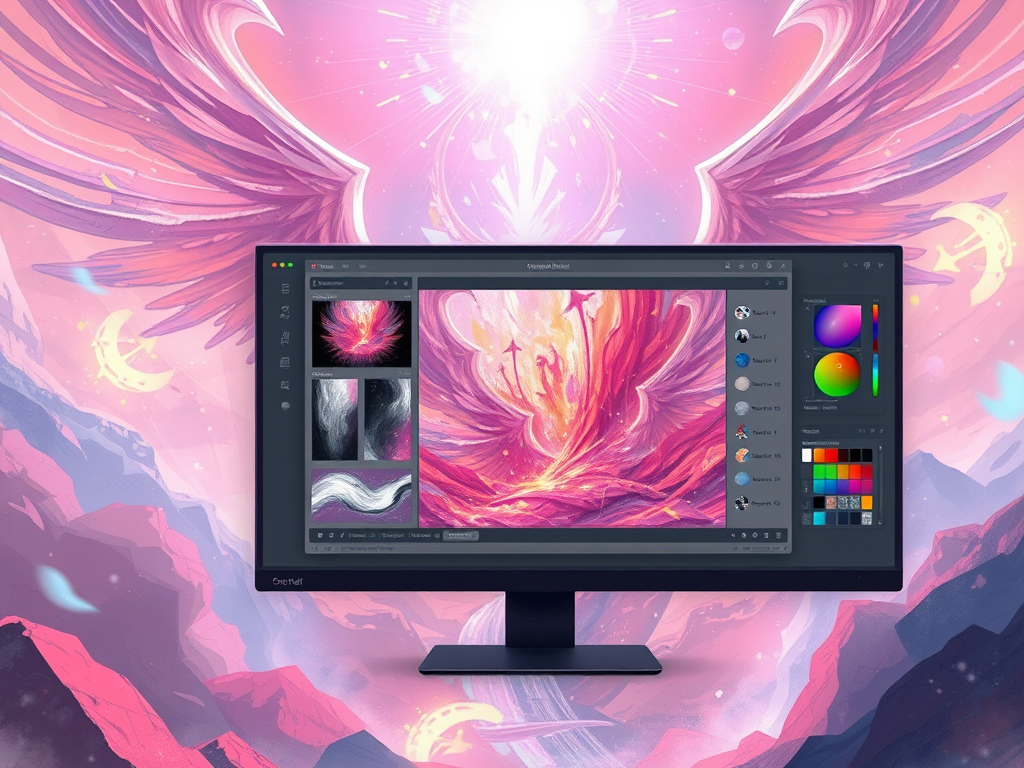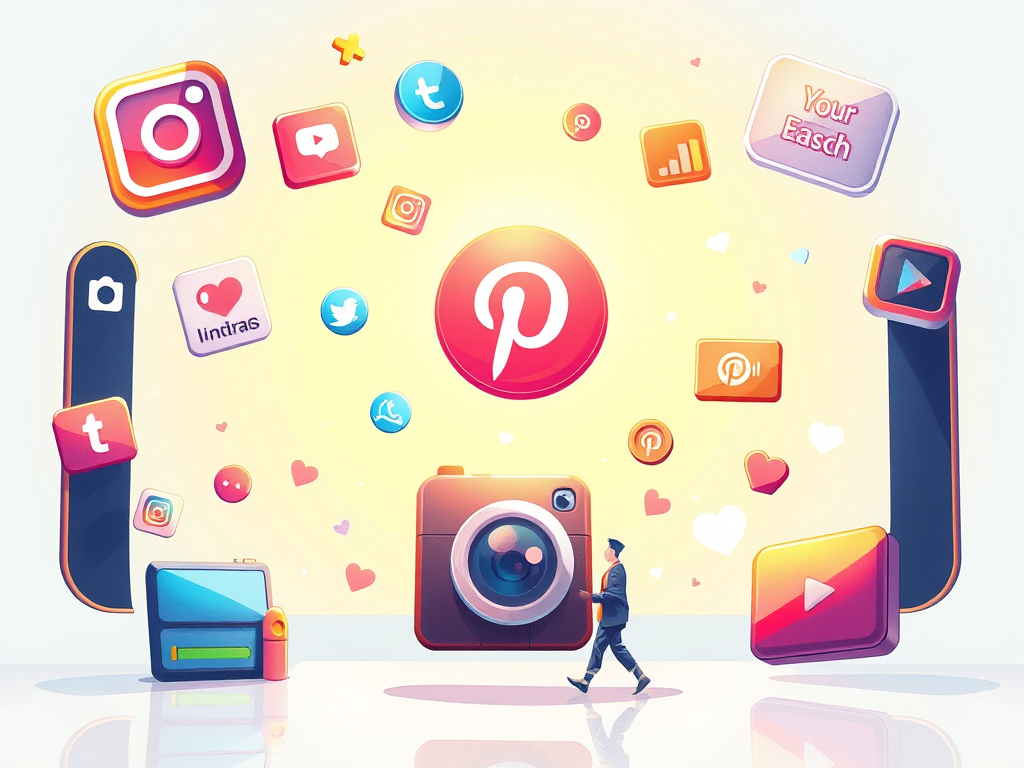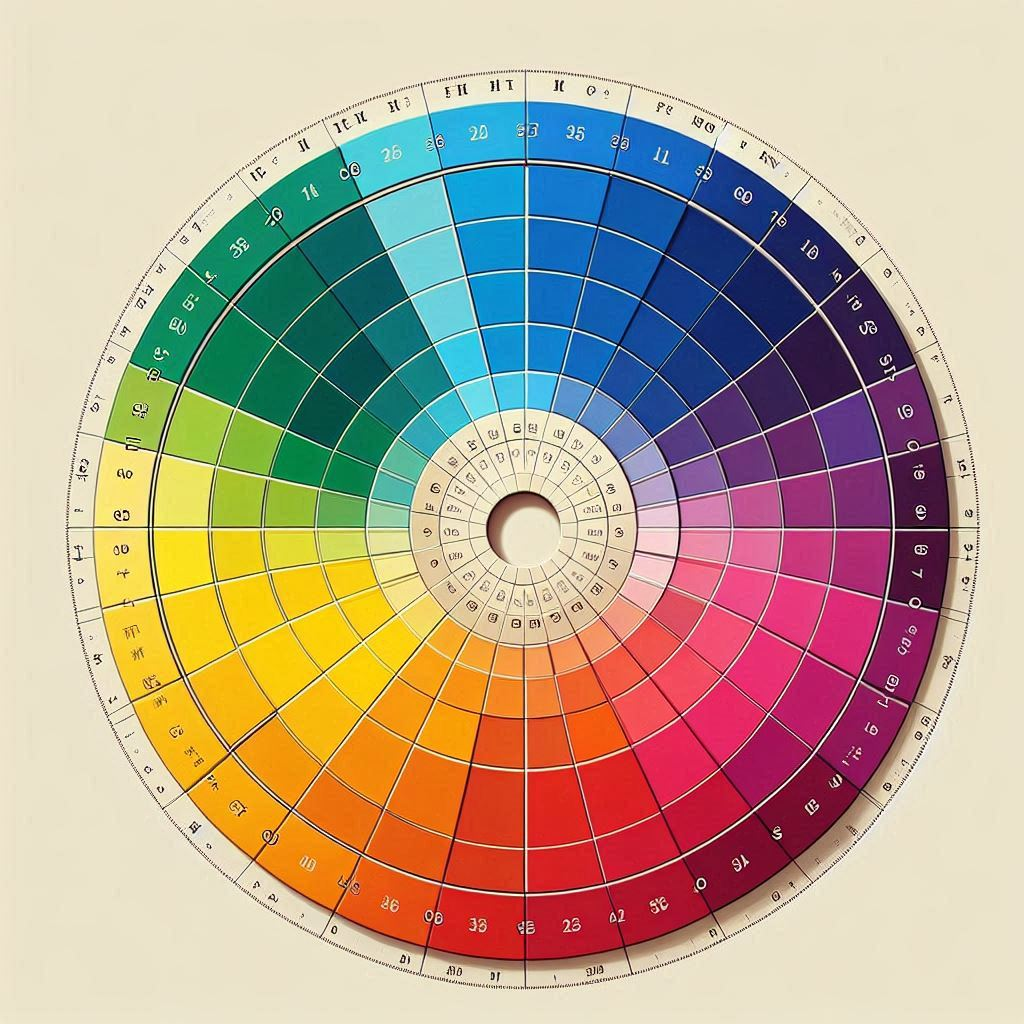Introduction to Traditional Art Education
Have you ever wondered how people learned to paint before computers came along? Traditional art education has always been about getting your hands dirty with real brushes, paints, and canvases. There’s something special about feeling the brush glide across canvas and watching colors mix together right in front of you.
In the past, students would gather in classrooms where teachers could show them exactly how to hold a brush or blend colors together. This hands-on approach helped artists develop a deep connection with their materials and master important skills like mixing colors and creating different textures.
The Rise of Digital Tools in Painting

Today’s artists have amazing new tools at their fingertips. Digital painting software like Photoshop and Procreate has changed the game completely. These programs let artists do things that would be impossible with regular paint and canvas. Imagine being able to undo mistakes instantly or work in layers that you can move around and adjust whenever you want!
Digital tools are perfect for beginners too. They come with helpful tutorials and simple interfaces that make it less scary to start creating art. Plus, you don’t have to worry about wasting expensive art supplies while you’re learning – you can practice as much as you want without using up any real paint or canvas.
Online Learning Platforms and Their Impact
Learning art has never been easier, thanks to websites like Udemy, Skillshare, and Domestika. These platforms are like having an art school in your pocket! You can take classes whenever you want, pause and rewatch lessons, and learn from artists all around the world. This is especially great if you’re busy or don’t live near an art school.
What’s really cool about these online platforms is that you can connect with other artists who share your interests. You can join discussion groups, participate in art challenges, and get feedback on your work from people all over the globe.
Virtual Reality and Immersive Learning Experiences
Virtual reality (VR) is taking art education to a whole new level. Imagine putting on a VR headset and stepping into a virtual art studio where you can paint in 3D space! Tools like Tilt Brush and Oculus Medium (now Adobe) let you create artwork that you can walk around and view from any angle.
VR is making art more accessible too. Students who might have trouble using traditional art tools can use special controllers to create amazing artwork in virtual space. Plus, you can visit virtual museums and famous art galleries from anywhere in the world!
AI’s Role in Providing Feedback and Enhancing Learning
Artificial intelligence (AI) is becoming like a helpful art teacher that’s available 24/7. AI-powered tools can look at your artwork and suggest ways to make it better, pointing out things like composition and color balance. It’s like having a knowledgeable friend who can give you tips whenever you need them.
These smart systems can also figure out what you’re struggling with and give you extra practice in those areas. If you’re having trouble with shading, for example, the AI might show you specific tutorials or exercises to help you improve.
The Influence of Social Media on Art Education

Social media has become a huge part of how we learn and share art today. Platforms like Instagram, Pinterest, and YouTube are like giant art galleries where you can find endless inspiration and tutorials. Popular art challenges like #Inktober get thousands of artists creating and sharing their work, while hashtags like #DrawThisInYourStyle help artists learn from each other.
YouTube is especially valuable for learning art. You can watch artists create their work in real-time, pick up new techniques, and even join live streaming sessions where you can ask questions. Pinterest is great for collecting reference images and finding new art styles to try.
Challenges and Accessibility Issues
While technology has opened up new ways to learn art, not everyone has equal access to these tools. High-speed internet, powerful devices, and professional software can be expensive. This means some students might miss out on these amazing learning opportunities simply because they can’t afford the technology.
There’s also a concern that relying too much on digital tools might prevent students from learning important basic skills. When a computer can automatically fix perspective or blend colors, you might not learn how to do these things by hand. That’s why it’s important to find a balance between using helpful technology and developing fundamental art skills.
Case Studies of Successful Tech-Integrated Art Programs
Many schools are finding creative ways to combine technology with traditional art education. For example, the Savannah College of Art and Design (SCAD) lets students use cutting-edge tools like virtual reality while still teaching traditional painting techniques. Programs like Adobe Creative Residency help young artists develop both their digital and traditional skills.
Even elementary and high schools are getting in on the action. Google Arts & Culture brings famous artwork right into the classroom through interactive experiences. Students can take virtual museum tours and work together on digital art projects, making learning more fun and engaging.
Future Trends in Art Education
The future of art education looks exciting! We’re moving toward a mix of traditional and digital methods that gives students the best of both worlds. Imagine learning the basics with real paint and canvas, then using digital tools to push your creativity further. Virtual reality will keep getting better, offering new ways to create and experience art. AI will become even smarter, providing more personalized teaching experiences.
We’re also seeing more crossover between art and other subjects like science and technology. Artists are working with scientists and engineers to create amazing new projects that combine creativity with technical skills. This blend of art and STEM subjects is opening up exciting new possibilities for future artists.
Conclusion: Finding the Right Balance
As technology continues to transform how we learn art, the key is finding the right balance between new tools and traditional methods. Digital platforms and online learning have made art education more accessible and exciting than ever before. But they work best when combined with the hands-on experience of traditional art-making.
By thoughtfully combining both approaches, teachers can create learning experiences that help students explore their creativity in new ways. Whether you prefer a traditional paintbrush or a digital stylus, there are more opportunities than ever to learn and create art.
The journey of art education continues to evolve. As we look to the future, we can celebrate all the new possibilities that technology brings while still appreciating the timeless joy of creating art by hand.



